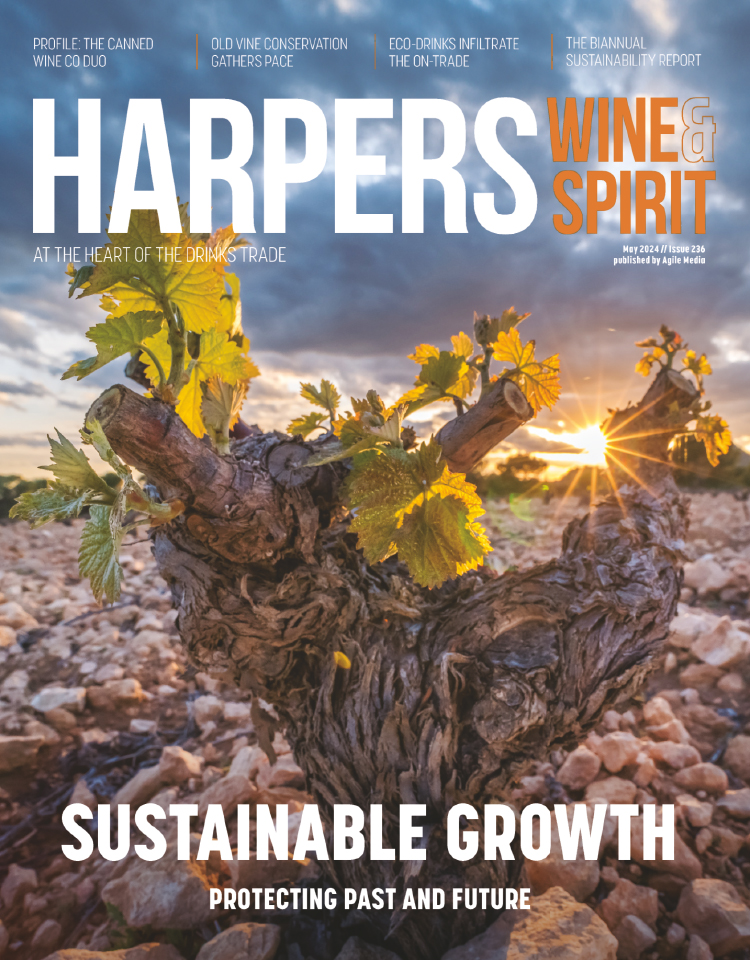
Fiona Sims on rosé
They say that rosé is the oldest known wine in the world. The vines were brought to Provence by the Romans over 2,600 years ago, and unearthed ancient amphorae revealed pale red wines made with a little maceration, proves the Conseil Interprofessionnel des Vins de Provence (CIVP), which represents 700 producers and 55 negociants.
They say that rosé is the oldest known wine in the world. The vines were brought to Provence by the Romans over 2,600 years ago, and unearthed ancient amphorae revealed pale red wines made with a little maceration, proves the Conseil Interprofessionnel des Vins de Provence (CIVP), which represents 700 producers and 55 negociants.
Yet this ancient drink was in danger of extinction, up until (this) week - the French government had threatened to lift the ban on adding white wine to red to make rosé.
The powers that be had clocked the rise in consumption of rosé around the world - up 22% in the last 10 years, and witnessed their rapidly growing wine lake, then put two and two together to make pink wine the easy way. "Mon Dieu!" cried Provence.
Provence will argue that it makes proper rosé - rosé made by a short maceration of the juice with the skins of red grapes. It's France's fourth largest wine-producing area and it produces 160 million bottles, with rosé accounting for 78%.
In fact, the Provence producers were expecting the outcome of the 'coupage' debate to be announced on 26 June, so it has uncharacteristically come a little earlier than expected - much to their relief. "If it had gone the other way, it would have been much harder to explain rosé to consumers, I think they would have been mislead," believes Géry Viziale, the new export managing director for the CIVP.
Thankfully for the CIVP the commissioner of Agriculture and Rural Development agreed. "It's become clear over recent weeks that a majority in our wine sector believe that ending the ban on blending could undermine the image of traditional rosé, and that's why I am making this change," declared Mariann Fischer Boel.
Many producers were angry about the proposed coupage. "We are really hoping that the ruling doesn't go through," said Sophie Sumeire Denante last week at Château Coussin, in Sainte Victoire, Côtes de Provence. "I think it would affect us. People who don't know the story about rosé will buy this pink wine at a low price and compare it to our rosé which costs more without realising why it is more expensive to produce. They'll just see the same colour and choose the cheaper wine and will be confused by the category."
Though not everybody in Provence agreed that it would confuse the consumer. "I'm not sure it would have been that much of a problem," confesses winemaker Marie Pascaud of Château de Pamplonne.
"Red wine is a category that is not doing so well in the world but white wine is, so what effect would it really have? Plus the average price of Provence rosé is about 7 euros a bottle, while rosé coupage would sell for around 2 euros a bottle, so I don't think it would be the same consumer buying these wines. And you could argue that it would have been an opportunity to show the world what we do - what makes Provencal rosé stand out. Anyway, we've got too many other things to worry about - such as competing with the rest of the world," she adds.







